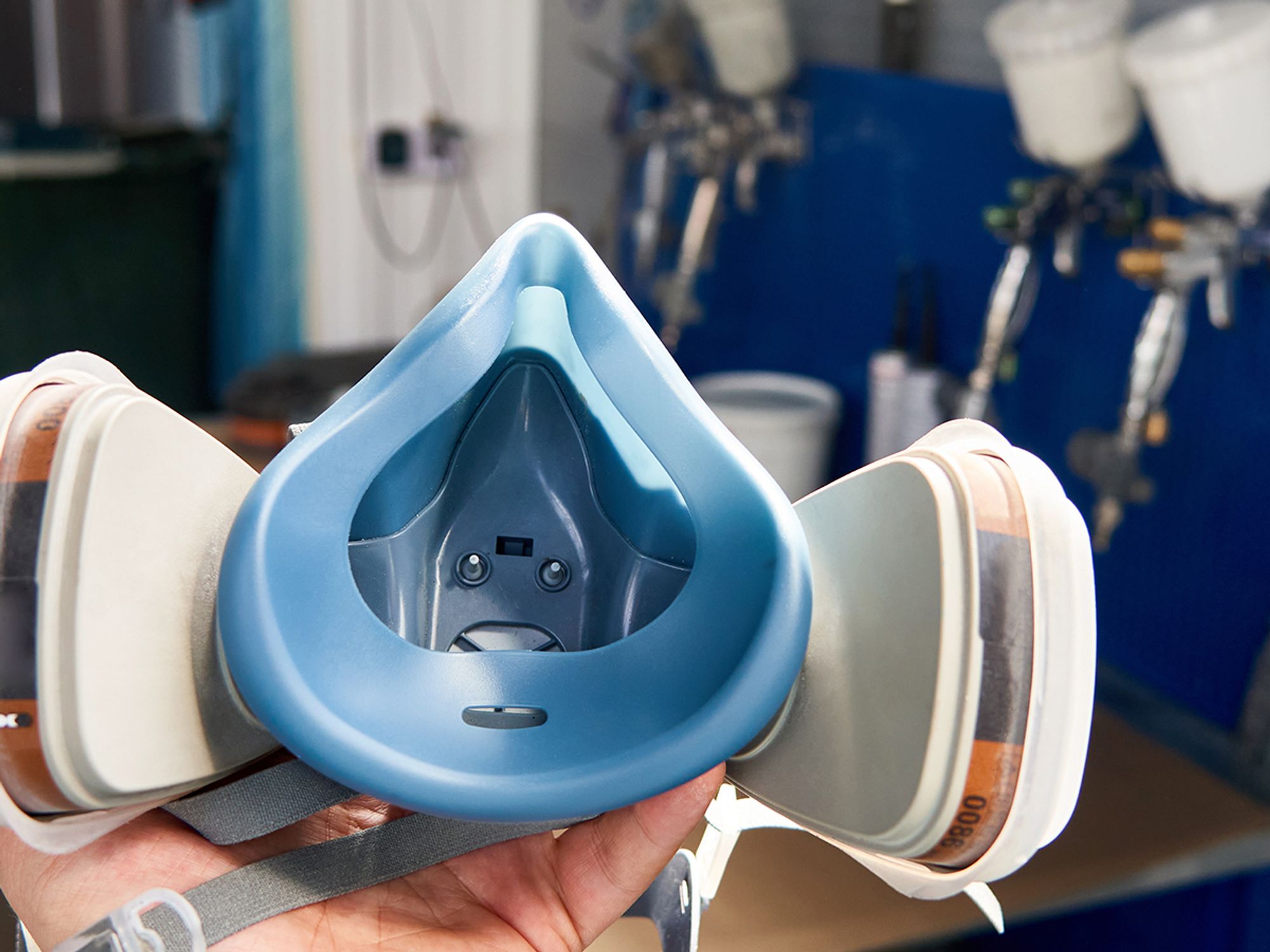InstituteLeadSafety & HealthGeneral Industry SafetyToxic and Hazardous Substances - OSHAUSAEnglishAnalysisFocus AreaToxic and Hazardous Substances - OSHAIn Depth (Level 3)
Worker protection
['Toxic and Hazardous Substances - OSHA']

- Worker protection may include proper housekeeping, engineering and work practice controls, and proper hygiene facilities and practices to reduce their exposure to lead in the workplace.
Worker protection includes the following:
Housekeeping
- All surfaces must be maintained as free as practicable of accumulations of lead.
- Floors and other surfaces where lead accumulates may not be cleaned by the use of compressed air.
- Shoveling, dry or wet sweeping, and brushing may be used only where vacuuming or other equally effective methods have been tried and found not to be effective.
- Where vacuuming methods are selected, the vacuums must be used and emptied in a manner which minimizes the reentry of lead into the workplace.
Engineering and work practice controls
- Where any employee is exposed to lead above the permissible exposure limit (PEL) for more than 30 days per year, employers must implement engineering and work practice controls (including administrative controls) to reduce and maintain employee exposure to lead in accordance with the implementation schedule in Table I in 1910.1025(e)(1), except to the extent that the employer can demonstrate that such controls are not feasible. Wherever the engineering and work practice controls can be instituted are not sufficient to reduce employee exposure to or below the PEL, the employer must nonetheless use them to reduce exposures to the lowest feasible level and supplement them by the use of respiratory protection which complies with the requirements of 1910.1025(f).
- Where any employee is exposed to lead above the PEL, but for 30 days or less per year, employers may implement engineering controls to reduce exposures to 200 μg/m3, but thereafter may implement any combination of engineering, work practice (including administrative controls), and respiratory controls to reduce and maintain employee exposure to lead to or below 50 μg/m3.
- Examples of engineering controls include:
- Exhaust ventilation;
- Encapsulation of lead surfaces;
- Substitution coatings instead of lead-containing coatings;
- Mobile hydraulic shears cutting instead of torch cutting;
- Chemical removal instead of hand scraping;
- High-efficiency particulate air (HEPA) vacuum filtration systems;
- Replacement of lead-based painted building components;
- Brush roller lead paint application rather than spraying; and
- Isolation/distancing of abrasive blasting operations from other employees.
- Examples of good work practices include the use of protective work clothing and equipment and personal hygiene practices, and housekeeping.
Hygiene facilities and practices
Employers must:
- Provide clean change rooms for employees who work in areas where their airborne exposure to lead is above the PEL, without regard to the use of respirators.
- Provide shower facilities in accordance with 1910.141(d)(3).
- Provide an adequate number of lavatory facilities which comply with 1910.141(d)(1) and (2).
